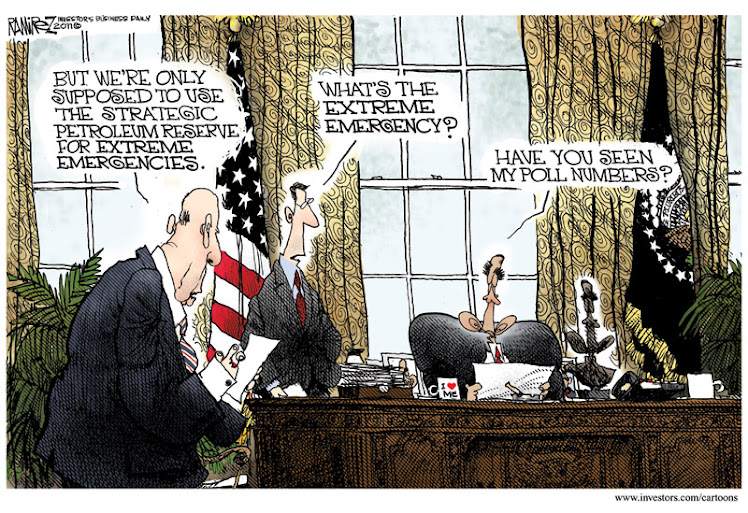There are many ways to analyze China's GDP, and all the ones presented here show it trending below the government's official statistics for the third quarter.
Chinese economy, how do I gauge thee? Let me count the ways.
Photographer: Brent Lewin/Bloomberg
Thankfully, Wall Street economists have developed a number of proxies, using an array of indicators, to gauge Chinese growth better.
Recently, Bloomberg Intelligence Chief Asia Economist Tom Orlik compiled six of these metrics in a report for Bloomberg Briefs.
"All of the proxies suggest growth in 2015 has been lower than the 6.9 percent reported by the National Bureau of Statistics for the third quarter," he wrote. "Most show an increasing divergence with the last year or two, suggesting the official numbers may be upward biased during downturns."
One common problem for economists in constructing these proxy indexes: the dearth of data on the Chinese services sector. Orlik notes that this may serve as a partial explanation for the difference between the proxy gauges and the official data, as the tertiary sector has been gaining ground on the industrial segments of the economy.
Here's how Wall Street fine-tunes its grasp of how well China's economy is really doing:
Barclays' GDP Forecast
Barclays
"The rising role of the services sector is captured by the inclusion of the services PMI and retail sales, but the weight and explaining power of the framework still tilt toward the industrial sector—reflecting data availability," wrote chief China economist Jian Chang.
Barclays estimates that the Chinese economy grew 5.5 percent in the first half of the year, 1.5 percentage points below the official statistics.
Bloomberg Intelligence's Monthly GDP Tracker
Bloomberg Intelligence
The gap between this proxy index and the official GDP data has been minute over the past five years, averaging just 0.2 percentage points. In the third quarter, GDP growth was tracking 6.6 percent, 0.3 percentage points lower than the official reading of 6.9 percent.
"It doesn't support the case that China's growth rate is significantly overstated," wrote Bloomberg Intelligence economists Tom Orlik and Fielding Chen.
Capital Economics' China Activity Proxy
Capital Economics
"The China Activity Proxy suggested that the official figures were broadly accurate until around 2012," wrote chief Asia economist Mark Williams. "Since then, it has added weight to the view that the official GDP data overstate the true rate of economic growth—most recently by a couple of percentage points or more."
According to this metric, Chinese GDP growth came in at 4.4 percent in the third quarter, the slowest pace of expansion implied by all the proxies featured in the brief.
Williams observes that this gauge appears to be a leading indicator of sorts—notably, it signaled a brisk moderation in growth at the start of the year that preceded the angst over the state of the world's second-largest economy due to the devaluation of the yuan.
The stabilization in this proxy since then, the economist says, suggests these worries about China should dissipate.
Lombard Street Research's Real GDP Estimate
Lombard Street Research
The official statistics for real GDP growth have been too smooth over the years, economist Michelle Lam and head of research Diana Choyleva believe, suggesting that the manner in which the data are adjusted might be faulty. As such, the pair uses nominal GDP (not adjusted for price changes) as its starting point, then uses a range of price indexes to deflate the figures into "real" terms.
"Our preliminary estimates show growth at an annual rate of just 2.9 percent in the third quarter of 2015, way lower than the official 7.4 percent," they wrote.
The services sector, in particular segments linked to the Internet, is outperforming the "old economy" of heavy industry and construction, according to Lombard Street's analysis.
Nomura's Composite Leading Indicator
Nomura
This gauge of growth dropped off in a big way in the first three quarters of 2015, a sign that the moderation in growth was more substantial than the official figures made it out to be.
But Nomura suggests this could be primarily attributable to a boom in China's financial sector that was not completely captured by its proxy.
Income earned by margin lenders, fees, and commissions due to the elevated level of activity in the stock market have juiced China's economic performance.
"We estimate the financial sector contributed an outsized 1.4 percentage point to reported growth—about 0.7 percentage point more than usual," wrote chief China economist Yang Zhao and economists Changchun Hua and Wendy Chen. "If we exclude the financial sector's additional contribution, growth in the first half was about 6.3 percent year-on-year, more in line with the fall seen in Nomura's composite leading indicator."
Oxford Economics' GDP Proxy
Oxford Economics
"Data on real gross output in industry suggests that the slowdown in industrial output in the first half was more pronounced than the National Bureau of Statistics data show," wrote Louis Kuijs, head of Asia economics.
His analysis shows that there may be a tendency for growth in the industrial segments of the economy to be overestimated during downturns, noting that a similar gap between Oxford's estimate and the official figures also materialized near the end of 2008.
Kuijs says this metric "qualifies the picture on real GDP growth in 2015, although it does not drastically change it."












